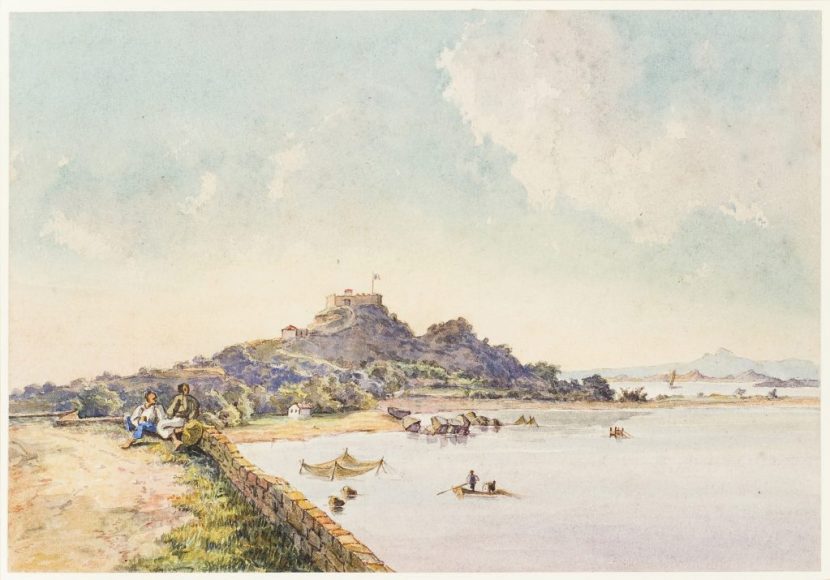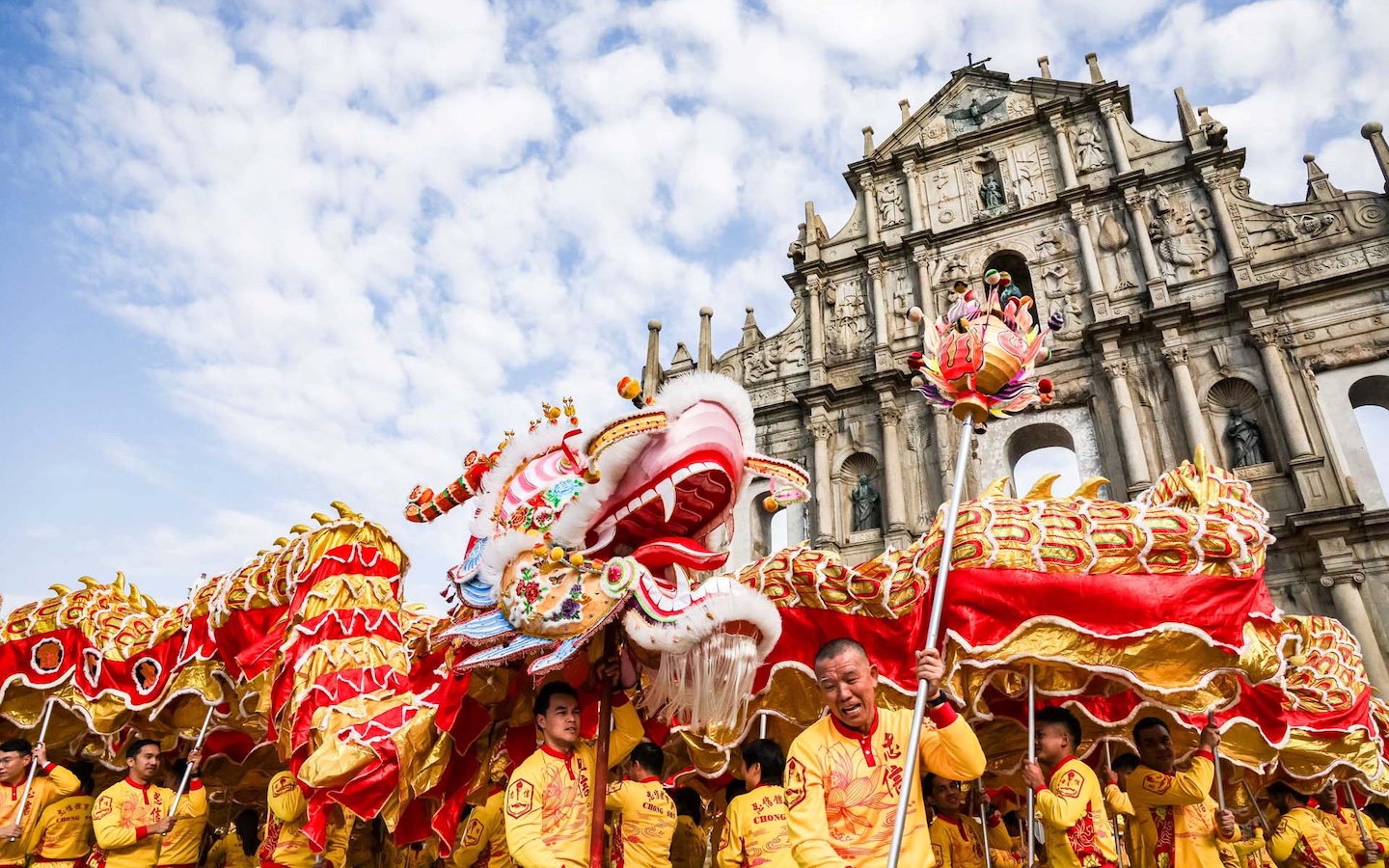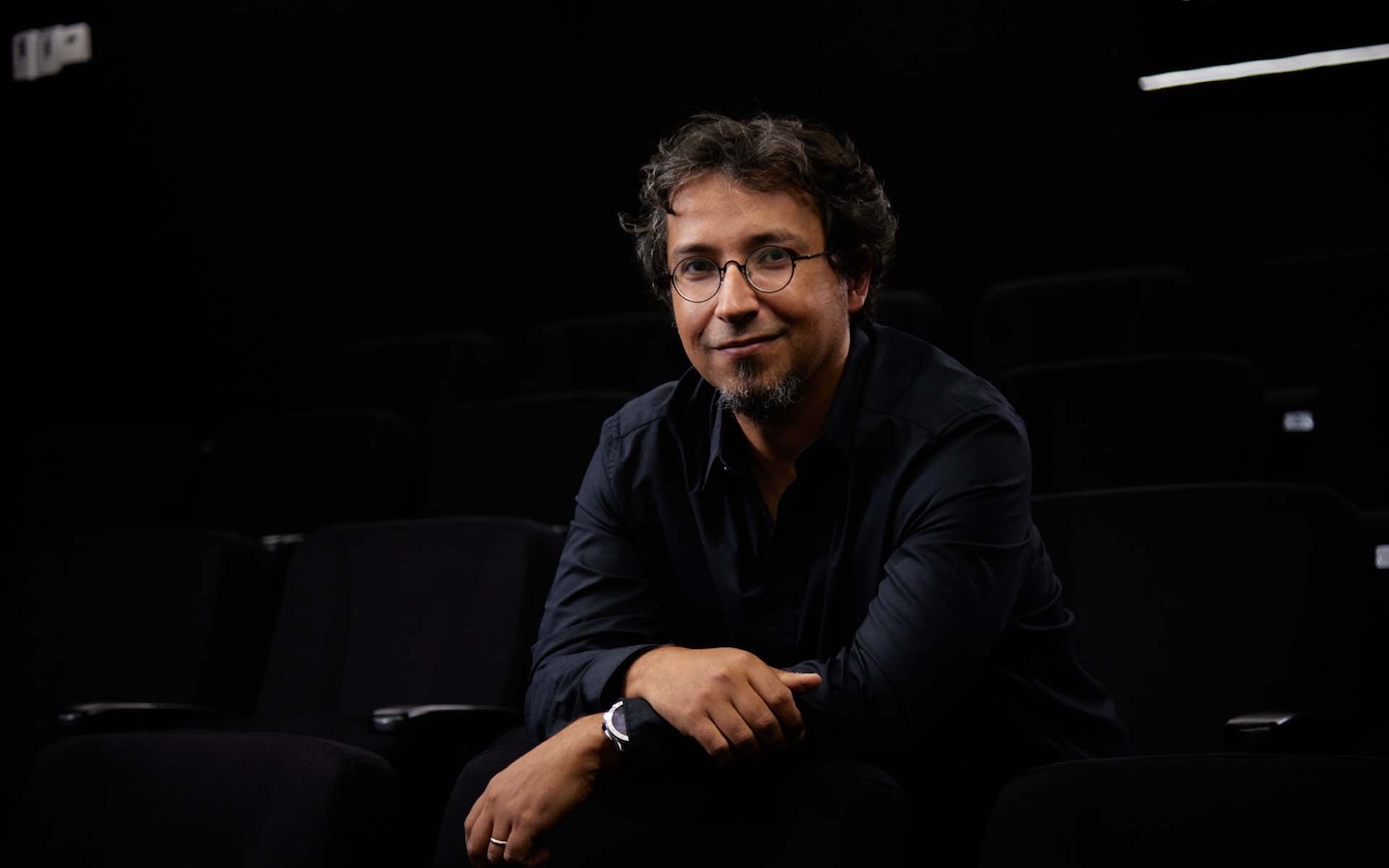Text Aaina Bhargava
Many painters – whether born and bred in the city or residing here later in life – have lived, worked and created beautiful pieces of art in Macao. We choose the 16 most recognisable painting talents from over hundreds of years of art history.
For more than 450 years, Macao has seen many great painters – whether born locally or moving here from lands afar – setting up their easels on its shores, depicting the city in all its complexity and documenting its rich history. The SAR’s heritage, location and diversity have allowed for countless cultural exchanges to occur over the years and it has often been a hotbed of artists who have seen Macao as a haven, a space for transition or even escape – but mainly a beautiful place to capture on canvas. Over the years, the city has cultivated its own notable art scene with painters creating works that reflect the city itself in terms of redefining identity.
It would be easy to say that Macao’s most famous artists have all hailed from across the world and moved to the city for a period but in reality, the bedrock of Macao’s ever-changing styles, influences and works are just as much Chinese as they are foreign. Maria Margarida Saraiva, who works with the art promotion and education group at the Macao Museum of Art, under the Department of Exhibitions and Museums, says: “Since Macao’s administration was Portuguese until 1999, the majority of the documentation available – at least for public collections – is written in Portuguese. For this reason, it may seem to us that foreign artists [like] Giuseppe Castiglione, George Chinnery, Auguste Borget, Marciano António Baptista and George Smirnoff are more relevant than other Chinese artists whose histories are lesser-known.”
Saraiva says that alongside those Macao greats, there are as many Chinese painters over the years in the city who have equally influenced the scene. “They were developing their work in different timeframes,” she says, “reporting to different art traditions and therefore producing a diverse body of works which influenced, more or less, the local art [scene], certainly in very different ways.” Although there are many painters who were born and raised or at least lived in Macao for a period of time and who played a significant role in shaping its art history, here’s our list of the city’s 16 most recognisable – right up to the present day…
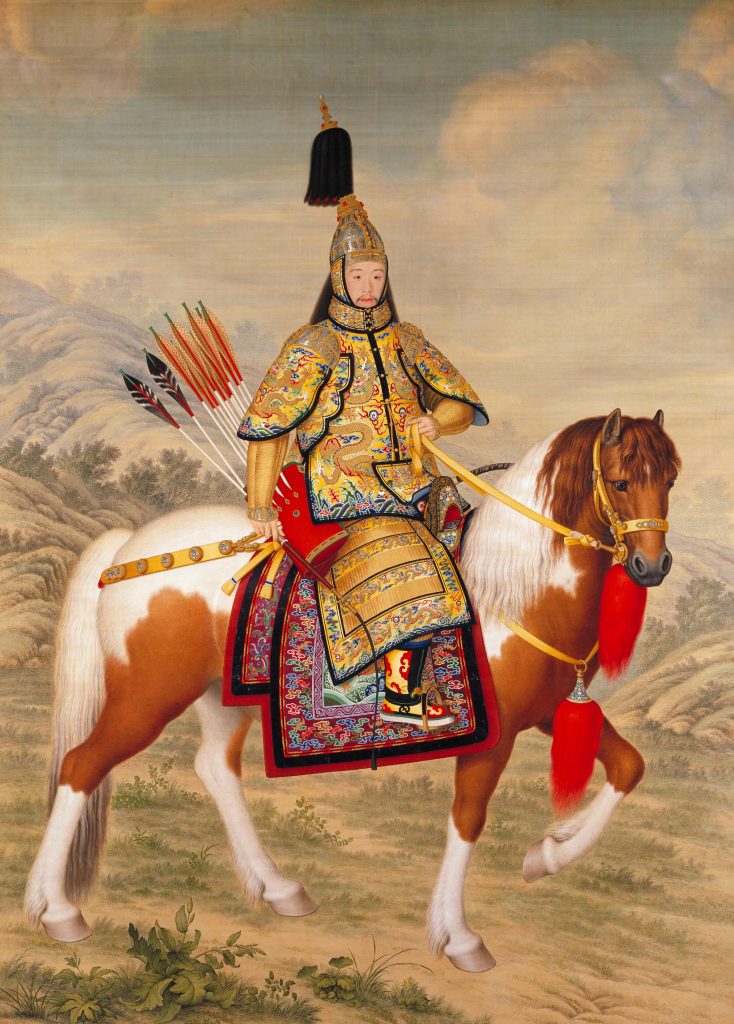
Giuseppe Castiglione
Painter and architect, born 1688 in Italy, died in 1766
Known for his hybrid painting style fusing Eastern and Western traditional techniques, Castiglione’s Jesuit background took him from Milan to China in the 18th century, by way of Macao. This is where he was exposed to Chinese art and first developed his signature style through infusing Chinese materials like silk with Western painting techniques he had already learned under the tutelage of Andrea Pozzo, a famous member of the Society of Jesus. Castiglione joined the society at the age of 19, primarily doing wall paintings at Jesuit churches, which he continued during his short but critical time in Macao. Upon reaching China, he adopted a Chinese name, Lang Shining. His distinctive style caught the attention of the Qianlong Emperor and he became a respected painter of his court.
George Chinnery
Painter and illustrator, born 1774 in England, died in 1852
Perhaps Macao’s best-known painter, Chinnery left London in 1801 and headed east until settling in Macao in 1825. Along the way, he painted scenes in British-occupied India and in Hong Kong but perhaps his best works were created in Macao, where he stayed until his death in 1852. He readily found work in Macao painting portraits of Western businessmen and expatriates, as well as Chinese merchants. One of the first people to depict life at that time in Macao, Chinnery painted landscapes in addition to his portraits and drawings of local people engaged in their daily activities. He became a big influence in Macao in his day and undoubtedly influenced future generations of painters in the city and further afield.
Auguste Borget
Painter and illustrator, born in 1808 in France, died in 1877
Borget was a French artist and painter, who like many of his contemporaries made his way around the world as an artist documenting scenes of the time, including in Hong Kong and Macao. It was in Macao – where he lived for eight months – that he encountered Chinnery and his work, probably learning from him in the process. It was believed that Borget’s work improved after meeting the artist, particularly in the area of figurative drawing and painting, of which Chinnery was a master. The influence of Chinnery’s simplistic caricature-like figures is felt in Borget’s scenes of Macao life. His art series on the A-Ma Temple – a structure he described as the ‘best architecture ever seen’ – became a highlight among all his works.
Marciano António Baptista
Painter and illustrator, born in 1826 in Macao, died in 1896
Baptista is regarded as one of Macao’s best 19th century painters and is another talent who benefitted from Chinnery’s tutelage. Born in Macao, he served as an apprentice to Chinnery from a young age. Nineteenth century English landscape tradition is deeply evident in Baptista’s work, who became best known for his tranquil watercolour paintings of
the incredible scenery around the city, as well as for his paintings of street scenes and historical drawings. This translates into his depictions of Hong Kong, where he lived for the second half of his life. A multifaceted artist, he even picked up photography towards
the end of the century and, years after his death, his paintings became truly celebrated.
George Vitalievich Smirnoff
Painter and architect, born in 1903 in Russia, died in 1947
Hailing from Vladivostok in Siberia, George Smirnoff fled his hometown at the age of 12 due to the Russian Revolution and ended up in Harbin in China. As a result of the impending Japanese invasion during the Second World War, he was forced to leave China and ultimately made his way to Macao in 1944. An architect-cum-painter, Smirnoff was resourceful and relied heavily on selling his paintings, teaching the art to local women and designing theatrical sets in order to make a living. Although his time in Macao was brief, his ephemeral watercolours of landscapes and landmarks around the city cemented his status as an important artist in Macao at the time. He was also commissioned by the then Mayor of Macao, Pedro José Lobo, to paint the city from a range of different perspectives. He tragically committed suicide in Hong Kong in 1947.
Luís Demée
Painter, born in 1929 in Macao, died in 2014
Once dubbed the ‘greatest visual artist in Macao’, Luís Demée was taught by his master and friend George Smirnoff during the 1940s. He honed his contemporary painting skills after that and held his first solo exhibition in Macao in 1951. Just two years later, he was studying the medium at the Lisbon School of Fine Arts in Portugal. He went on to both study and teach in different countries over many years. Demée initially drew buildings and streets in Macao but his passion soon became the city’s port and the sea. His painting became abstract too, so there are many works out there that incorporate these themes in a contemporary style. He won a plethora of arts awards and his watercolours and abstract scenes were celebrated across the world before his death in Portugal in 2014, aged 85 years old.
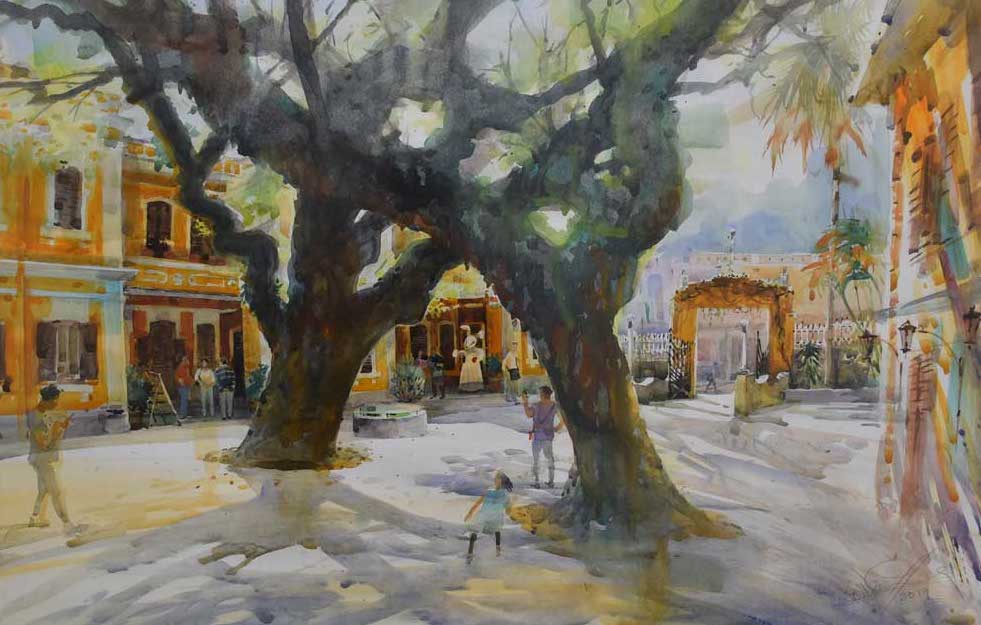
Mio Pang Fei
Painter and installation artist, born in 1936 in Shanghai, died last year
Macao lost a contemporary painting pioneer on 13 November when Mio Pang Fei died aged 84. Enthusiasts of his extensive body of works have been in mourning since. Truly essential to the development of contemporary art in Macao – he represented the city at the 2015 Venice Biennale – Mio has been described as laying ‘a cornerstone for contemporary arts’ in the SAR. Born in Shanghai, the artist arrived in Macao in 1982, where he later nurtured young talents at the Macao Polytechnic Institute. In the city, he found the freedom to develop what became known as his trademark style – a fusion of Chinese calligraphy and Western abstraction, termed ‘neo-orientalism’, one that he infused in his paintings and installation art around town. He reminded people through his works to exit from Western perspectives of the East when they look at local art.
Denis Murrell
Painter, born in 1947 in Australia
Vibrant and colourful, many of Murrell’s paintings boast a distinctive look. A result of blending acrylic paint, ink and tissue paper – a technique the artist chanced upon after accidentally spilling paint and wiping it up with toilet paper in 1991 – these unique pieces have become cherished in Macao. A resident of the city since 1989, the Australia-born artist regards himself as a ‘Macao artist’ as he’s developed his signature aesthetic in the city after revitalising his painting career. Murrell’s love for art began with abstract painting as a teenager, which he always preferred to conventional styles such as landscapes or figurative works. In addition to his own practice, he teaches art, nurturing a whole new generation of potential Murrells.
António Conceição Junior
Painter, illustrator, writer, photographer and designer, born in 1951 in Macao
Perhaps one of the most prolific and multifaceted artists in the city, Conceição Junior’s diverse artistic roles include that of graphic, fashion, jewellery and coin designer, however painting is one of his most celebrated talents. Although he’s Macanese through and through, the artist began his career in Portugal after attending university there, when he created a graphic novel based on a Chinese martial arts hero, Vong Fei Hong. His career took a turn when he moved back to Macao in 1977 to help develop the cultural sector, which resulted in him becoming the first director of the Luís de Camões Museum – the predecessor to the Macao Museum of Art. His paintings cover a diverse array of subjects and styles, each revealing new and varied dimensions of the city.
Lio Man Cheong
Painter, born in 1951 in Zhuhai
Lio is one of the most celebrated painters living in Macao today. He has designed award-winning postage stamps in the city and exhibited his works across the globe. He’s also designed marketing materials for street advertisements and taught art in schools to young talents. But he’s mostly known for his incredible watercolours and oil works, where light and colour play in harmony and themes of space, memory and time are explored. Lio, who has lived in Macao since he was a young boy, regularly exhibits in the city alongside teaching and influencing its next generation of young painters.
Carlos Marreiros
Painter, illustrator and architect, born in 1957 in Macao
A celebrated and award-winning architect in Macao, Marreiros represented the city at the 55th Venice Biennale with his artistic piece ‘Pato.Men’. Aside from his urban planning work, his paintings and drawings have been exhibited around town and won many plaudits over the years. Highly intricate and meticulously rendered, his captivating pieces often combine bright colours, text and layered imagery, producing a visual commentary. He has also completed a series of paintings inspired by his sketchbooks which document his travels and inspirations. The content of Marreiros’ work often reflects the artist’s ideal of Western and Chinese cultures existing in harmony – a microcosm of today’s Macao.
Ung Vai Meng
Painter and illustrator, born in 1958 in Macao
Ung Vai Meng came from humble beginnings in Macao but studied drawing and watercolour painting under the late Kam Cheong Leng. After winning a grant from the government to study fine arts in Portugal, Ung Vai Meng further developed his signature style of painting. Rich colours, abstract figures and motifs and sophisticated compositions – his charged canvases emanate energy. Ung, who has held many solo exhibitions both locally and across the world, has been recognised for his cultural contributions to the city by Macao’s government and is also the former president of the Cultural Affairs Bureau.
Konstantin Bessmertny
Painter and mixed media artist, born in 1964 in the former USSR
Bessmertny is perhaps the best known contemporary artist living in Macao today. In fact, he’s been described as one of the most distinguished artists working in Asia right now. Originally from Blagoveshchensk in the former USSR, the painter, who moved to Macao in
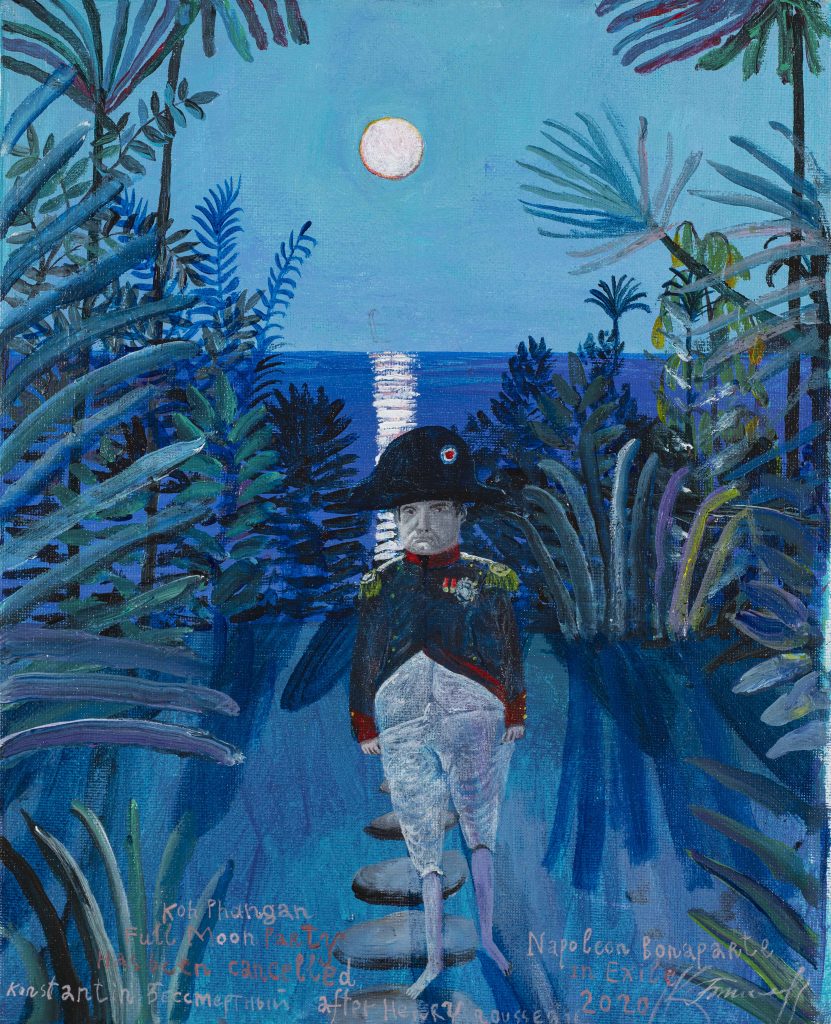
1992, characterises the city as a haven of sorts for artists – he says that ‘for many, Macao was and is a place to transit through’ but ‘for me, as an artist, it became a place to escape from the rat race’. Looking at this list, that rings true for many artists. Rigorously trained in fine arts for nine years in the former USSR, Bessmertny paintings – among the other media he works with – seamlessly combine high technical skill and satire. References from history, philosophy and pop culture regularly feature in his work. “I’m inspired by the classics – philosophy, arts and education – but I am a contemporary artist and I like to experiment with things [like] technology and new media,” concludes Bessmertny.
Fortes Pakeong Sequeira
Painter, illustrator, designer and musician, born in 1978 in Macao
The literal ‘rockstar’ of the Macanese art world, Sequeira is a multi-talented creative. He had an often troubled youth in the city and in Hong Kong, where he spent a short time in jail and
was involved with gangsters, but he later put all this behind him back in Macao. He was once a graphic designer and this influence is evident in his drawings and paintings which often feature heavy print graphics, sometimes resembling graffiti and street art aesthetics. With a passion for Macao – his mother is of mixed Sino-Portugese lineage and his father is Chinese – Fortes aims to promote the city and its culture through his work. He does so often by engaging with both space and site through live painting.
Peggy Chan
Painter, photographer and mixed media artist, born in the 1980s in Macao
Chan was born and raised in Macao and, despite now living in Hong Kong, she is nevertheless celebrated as a talent as much in her hometown as her current one. Her works span a range of mediums including paintings, photographs, videos and installations, and they often engage with the complex relationship between nature, urbanity and the self. Her painting-based and photographic works frequently use the cyanotype printing process – which creates an alluring cyan-blue print – allowing her pieces to be touched by sunlight and time. Chan has said she associates the colour blue with childhood memories of architectural elements in Macao.
Eric Fok
Painter, born in 1990 in Macao
Fok, who is based in Macao, still has his career ahead of him. Despite this, though, he’s already built up an incredible reputation, particularly for his unique maps that are dyed with tea to give them an antique look. These maps represent a combination of tradition and modernity and fuse elements from different periods in history. Incredibly intricate, it’s recommended to use a magnifying glass while viewing these works so no details go amiss. Fascinated by history, Fok, whose ‘Paradise’ series was showcased at a special exhibition in Bologna, Italy, in 2013, believes that by properly understanding the past can we confront the present and imagine the future.
French connection
Alice Kok, a mixed media artist who was born in Macao in 1978, is worthy of a place in this feature as she is not quite a painter but nevertheless one of today’s best-known artists in the city. She moved from her hometown to France in 1998 before returning in 2006 and going on to be celebrated for her local works. Kok literally learned her art in France and honed it in Macao, representing the city at 2011’s 54th Venice Biennale with her work ‘Passing-Green Island’. Photography, installation, film, drawing – the artist’s work ranges in medium but is always conceptual, often incorporating the tenets of Buddhism and meditation into her pieces, as well as notions of multiculturalism. She does sometimes incorporate painting techniques into her varied works which almost always encourages the viewer to stop and think. Kok, who is also an art curator, teacher and writer, held an exhibition that explored the intricacies of cross-cultural identities and dynamics at the Art For All Society Macau gallery. It finished last month.
